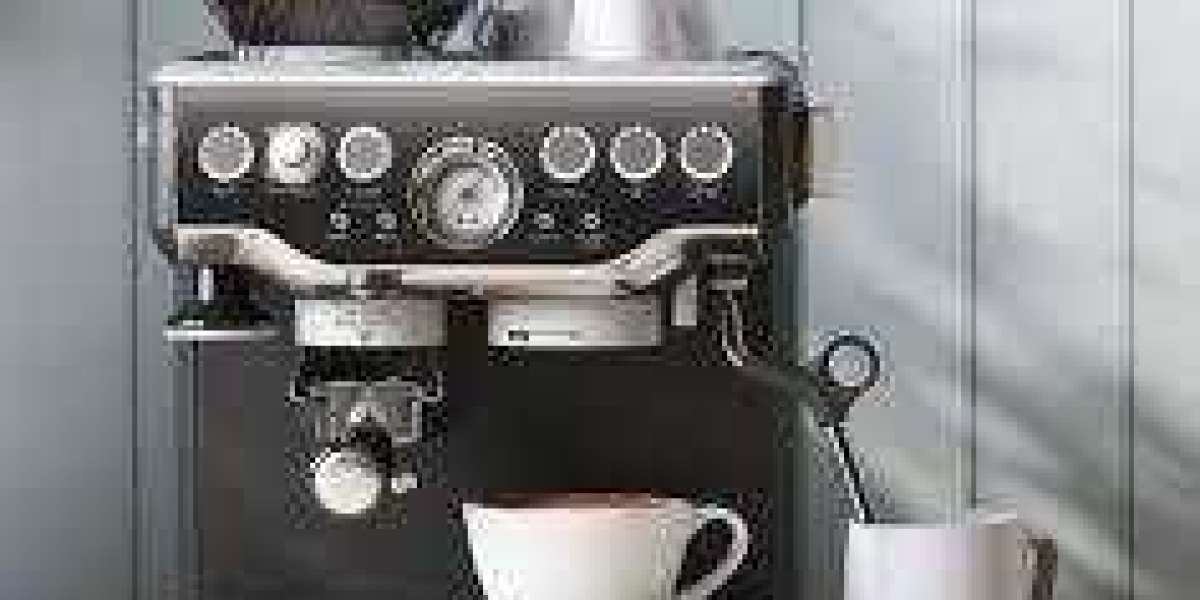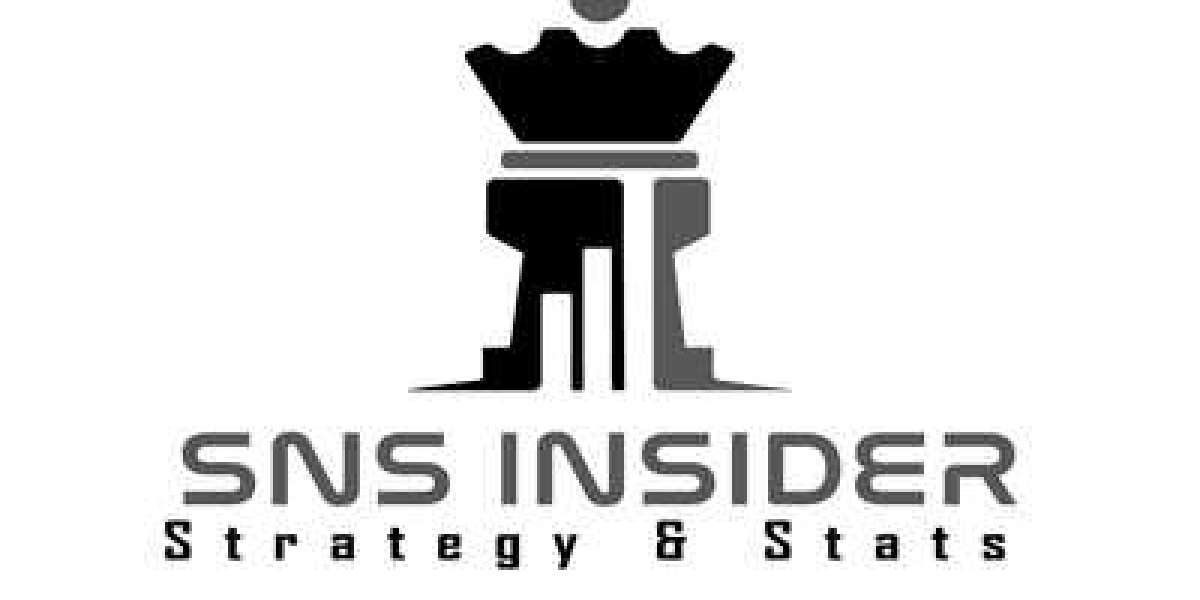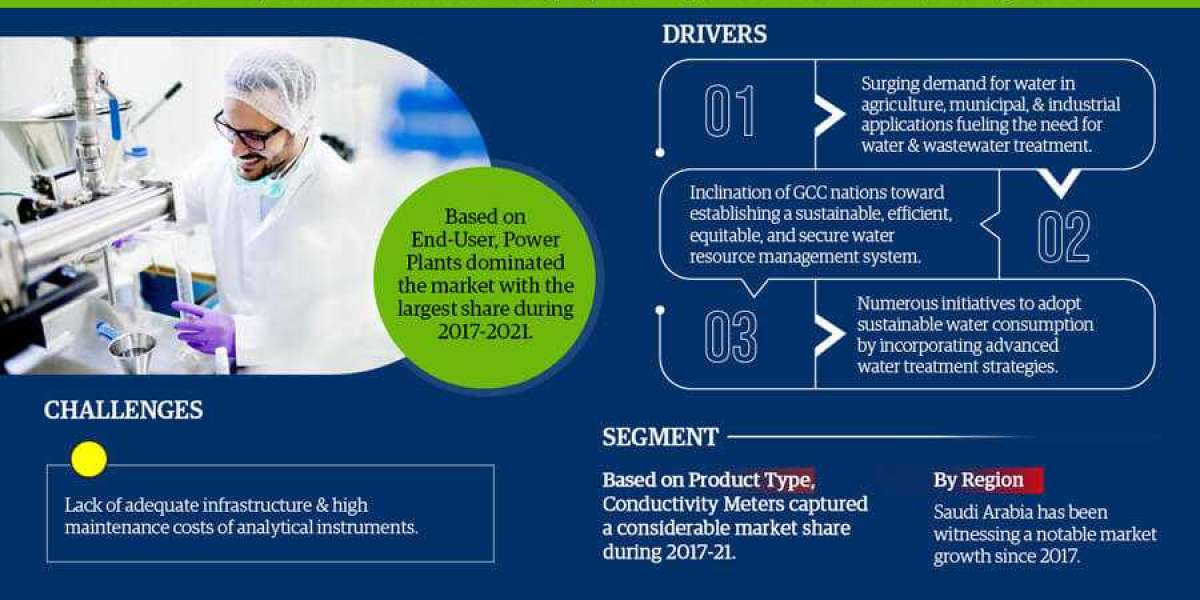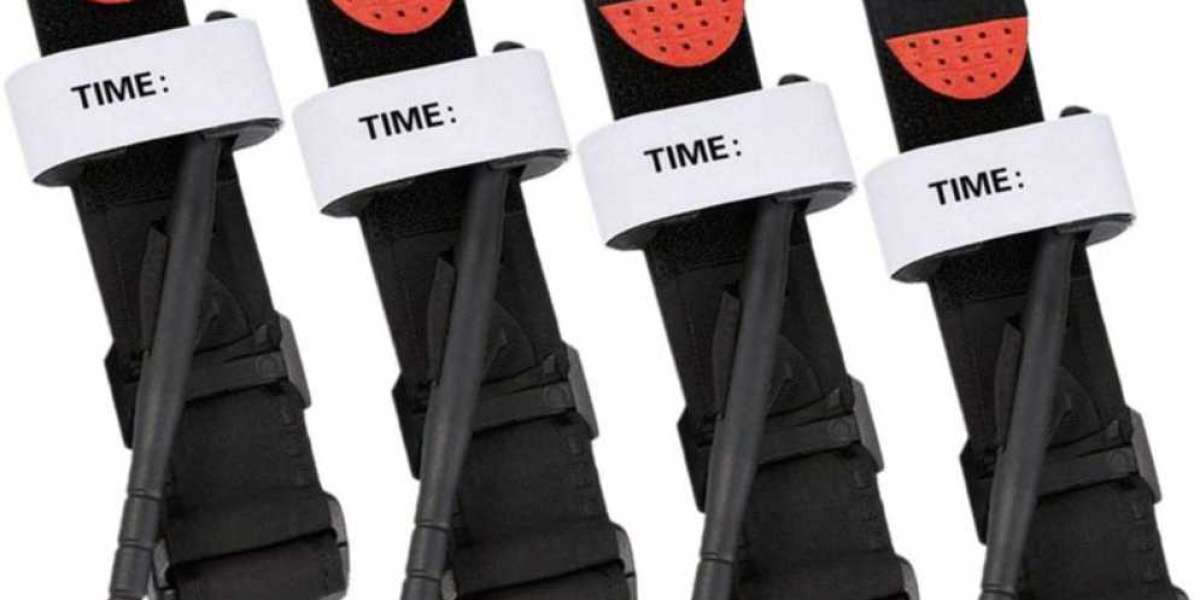Choosing the right coffee machine is one of the most important decisions for any café owner. The two most popular options are espresso machines and drip coffee makers, both of which cater to different customer preferences, brewing methods, and operational needs. This guide will help you understand the key differences between espresso and drip coffee machines and determine which one is best suited for your café.
1. Understanding Espresso and Drip Coffee Machines
Espresso Machines
Espresso machines use high pressure to force hot water through finely ground coffee, producing a concentrated and rich shot of espresso. These machines come in various types, including:
Manual Espresso Machines – Require skilled baristas for complete control over extraction.
Semi-Automatic Machines – Allow some automation but still require a trained operator.
Automatic Machines – Provide consistency by automating water flow and extraction time.
Super-Automatic Machines – Handle grinding, tamping, extraction, and milk frothing automatically.
Drip Coffee Machines
Drip coffee makers brew coffee by allowing hot water to drip slowly through ground coffee. These machines are popular for producing large quantities of coffee efficiently. Common types include:
Standard Drip Brewers – Use a heating element to maintain a consistent temperature for brewing.
Thermal Carafe Brewers – Keep coffee warm without using a heating plate.
High-Volume Drip Brewers – Designed for cafés with high customer turnover.
2. Key Differences Between Espresso and Drip Coffee Machines
| Feature | Espresso Machine | Drip Coffee Machine |
|---|---|---|
| Brewing Method | High-pressure extraction | Slow-drip brewing |
| Coffee Strength | Strong, concentrated | Milder, smoother |
| Serving Size | Single shots, small drinks | Large batches, multiple cups |
| Brewing Time | 25-30 seconds per shot | 5-10 minutes per brew cycle |
| Skill Level Required | High (manual/semi-auto) or low (auto) | Low |
| Cost | High (varies by model) | Lower initial investment |
| Maintenance | Frequent cleaning and descaling | Less frequent maintenance |
3. Pros and Cons of Espresso Machines
Pros:
Premium Coffee Quality: Espresso-based drinks, such as lattes and cappuccinos, have rich flavors and strong aromas.
Versatility: Can be used to make a variety of specialty drinks beyond espresso shots.
Higher Profit Margins: Customers are often willing to pay more for handcrafted espresso beverages.
Customization: Offers control over shot timing, grind size, and extraction pressure.
Cons:
Higher Initial Cost: Espresso machines, especially commercial-grade ones, are expensive.
Requires Skilled Baristas: Manual and semi-automatic machines need trained staff.
Frequent Maintenance: Must be cleaned daily to maintain optimal performance.
4. Pros and Cons of Drip Coffee Machines
Pros:
Efficient for Large Batches: Ideal for serving multiple customers quickly.
Low Cost: More affordable upfront compared to espresso machines.
Easy to Operate: No special training required for staff.
Minimal Maintenance: Requires less frequent cleaning than espresso machines.
Cons:
Limited Drink Variety: Cannot make espresso-based beverages like lattes or cappuccinos.
Longer Brew Time: Takes several minutes to brew a full pot.
Less Control Over Flavor: No pressure-based extraction; relies on consistent grind size and water temperature.
5. Factors to Consider When Choosing Between Espresso and Drip Coffee Machines
a. Café Concept and Menu
If your café specializes in high-end coffee drinks, an espresso machine is the best choice.
If your focus is on serving high volumes of coffee efficiently, a drip coffee machine is ideal.
Some cafés benefit from having both, offering espresso drinks alongside brewed coffee.
b. Customer Preferences
If your customers prefer quick and strong coffee, they may lean towards espresso-based drinks.
If they enjoy traditional, mild coffee, a drip machine will better suit their taste.
c. Budget and ROI
Espresso machines are a higher initial investment but can yield higher profits per cup.
Drip coffee makers are affordable and allow for bulk brewing, making them cost-effective.
d. Staff Expertise
If you have trained baristas, an espresso machine allows for better customization.
If you need a user-friendly option, drip coffee makers require little to no expertise.
e. Speed and Efficiency
A drip coffee maker is better suited for peak hours when fast service is required.
An espresso machine works best when customers are willing to wait for a handcrafted drink.
6. Combination of Both Machines
Many successful cafés use both espresso and drip coffee machines. This allows them to:
Offer specialty espresso-based drinks while also providing brewed coffee for on-the-go customers.
Maximize efficiency by catering to both casual coffee drinkers and espresso enthusiasts.
Balance high-volume service with premium coffee quality.
7. Best Coffee Machines for Cafés
Here are some top-rated machines for both espresso and drip coffee:
Best Espresso Machines:
La Marzocco Linea PB – Premium choice for high-end cafés.
Nuova Simonelli Aurelia II – Reliable and consistent for busy shops.
Breville Barista Pro – Great for small to mid-sized cafés.
Best Drip Coffee Machines:
BUNN CWTF15-3 – High-capacity brewing for large batches.
Curtis G4 ThermoPro – Advanced features with digital controls.
Technivorm Moccamaster – Ideal for specialty coffee shops.
8. Final Verdict: Which Coffee Machine is Best for Your Café?
If you want to serve high-quality, handcrafted espresso drinks, invest in an espresso machine.
If your goal is to serve large quantities of coffee efficiently, a drip coffee maker is the better option.
If your café serves a diverse customer base, consider using both machines for maximum flexibility and service quality.
By evaluating your café’s specific needs, budget, and customer preferences, you can choose the right coffee machine to enhance your café’s operations and success.



